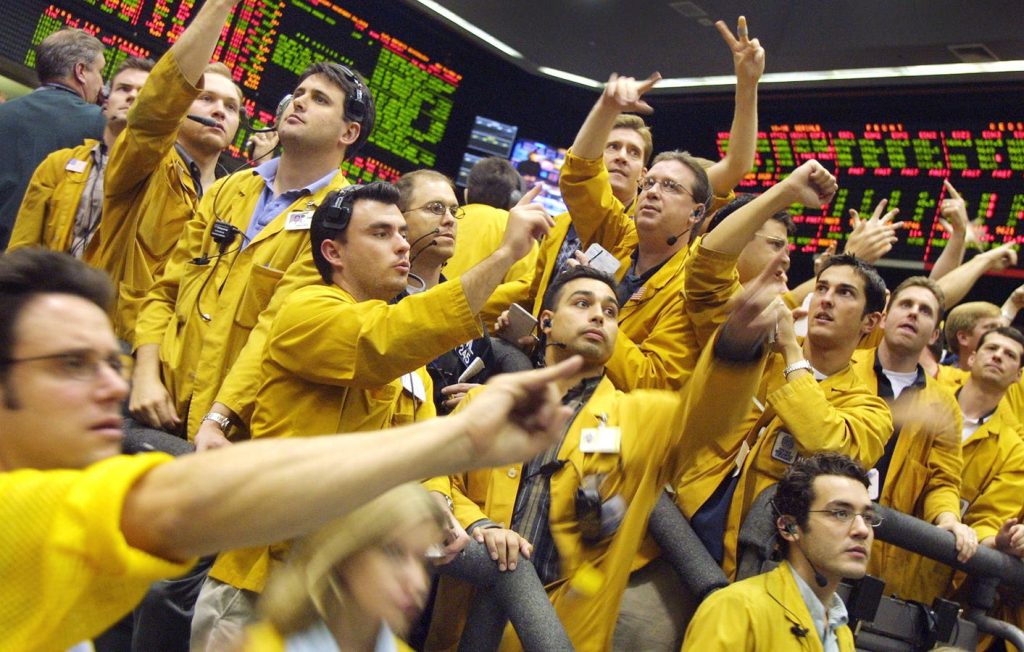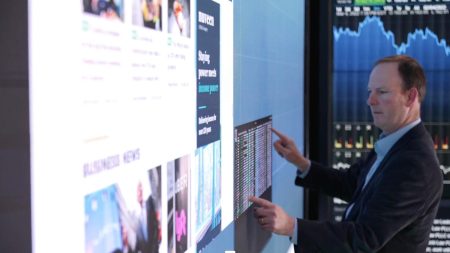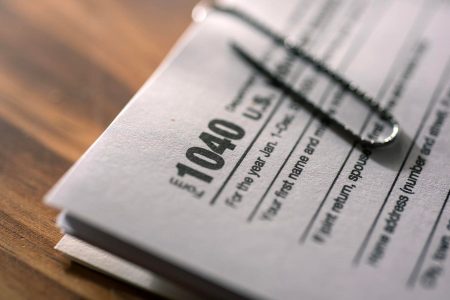The confluence of several economic and political factors suggests a potential downturn in the stock market in the coming years. A looming government shutdown, coupled with an impending inflation report, has already sent ripples of uncertainty through the market, with Nasdaq-100 futures experiencing a significant drop. This unease reflects a broader concern about the future trajectory of the economy, fueled by a complex interplay of potential risks.
One primary driver of this potential decline is the anticipated rise in inflation, potentially exacerbated by tariffs. While some tariffs are already in place, the possibility of further levies on imports from various countries, including major economic players like China, Canada, and Mexico, looms large. Such tariffs could significantly increase the cost of goods, potentially sparking a resurgence of inflation that has been largely dormant in recent years. This inflationary pressure could erode consumer purchasing power and stifle economic growth. Furthermore, the uncertainty surrounding trade policy creates a volatile environment for businesses, making investment decisions more challenging and potentially hindering economic expansion.
The Federal Reserve’s response to these economic pressures will play a crucial role in shaping the market’s future. The recent indication of fewer interest rate cuts than anticipated has already spooked investors. Should inflation reignite, the Fed might be forced to halt rate cuts altogether or even raise rates, further dampening economic activity and potentially triggering a market correction. The Fed’s delicate balancing act between supporting economic growth and controlling inflation will be closely scrutinized in the coming months, and any missteps could have significant repercussions for the stock market.
Adding to the economic uncertainty is the prospect of slower economic growth. While opinions vary, many economists predict a slowdown in GDP growth, potentially driven by a combination of factors, including the aforementioned tariffs and stricter immigration policies. These policies could disrupt supply chains, increase labor costs, and dampen consumer spending, leading to a period of stagflation – a combination of slow economic growth and high inflation. Such a scenario would be particularly challenging for businesses and investors, as it presents a difficult environment in which to generate profits and growth.
Beyond these macroeconomic factors, a more specific risk emerges from the increasing popularity of cryptocurrencies, particularly Bitcoin. The rapid rise in Bitcoin’s value, fueled in part by speculation and the influx of investment into cryptocurrency-linked ETFs, raises concerns about a potential bubble. While some view this as a sign of innovation and a new asset class, others worry about the inherent volatility of cryptocurrencies and the potential for a significant market correction. The parallels drawn between the current cryptocurrency craze and the subprime mortgage crisis of 2008 are particularly alarming, suggesting that the widespread adoption of these volatile assets could pose a systemic risk to the financial system.
The convergence of these factors – rising inflation due to tariffs, fewer interest rate cuts, slower economic growth, and the volatile nature of cryptocurrencies – paints a potentially bleak picture for the stock market in the near future. While market forecasts often predict growth, the current economic and political landscape warrants a more cautious approach. The uncertainties surrounding trade policy, inflation, and the future of cryptocurrencies create a significant downside risk that investors should carefully consider. Prudent investors might consider taking profits and adopting a more defensive posture in anticipation of a potential market downturn.
While it is impossible to predict the future with certainty, the current confluence of economic and political factors suggests a heightened risk of a stock market decline. Investors should carefully consider these factors and adjust their portfolios accordingly. A cautious approach, focusing on preserving capital and seeking out less volatile investments, may be warranted in the current uncertain environment. The interplay of these various risks creates a complex and challenging landscape for investors, requiring careful analysis and a willingness to adapt to changing market conditions. The potential for a government shutdown further exacerbates the uncertainty, adding another layer of complexity to an already volatile situation.










